
In the Footsteps of the Ninja
A Shadowy Adventure Through Japan
For centuries, the figure of the ninja has captured the world's imagination — cloaked in mystery, moving through the night unseen, armed with secret skills and clever tools. But beyond the black costumes and smoke bombs of pop culture, there's a deeper story: real historical communities, ingenious espionage, and mountain villages where shinobi arts were born.
If you've ever dreamed of walking the paths of shadow warriors, you can. Japan has preserved many sites connected to ninja history — and added some wonderfully immersive experiences along the way. From the hidden valleys of Iga and Kōka to shuriken-throwing lessons in Tokyo, here's your guide to planning the ultimate ninja-themed adventure in Japan.
🏯A Brief History of the Ninja: Fact, Myth & Legend
The story of the ninja (or shinobi) begins long before Hollywood. As early as the Heian period (794–1185), Japan was developing sophisticated systems of strategy, reconnaissance, and unconventional warfare. Over time, these practices took root in rural, mountainous regions — especially Iga (in present-day Mie Prefecture) and Kōka (in Shiga Prefecture) — where isolated communities developed their own techniques for infiltration, espionage, and guerrilla combat.
During the Sengoku period (1467–1603), a time of constant warfare between rival warlords, the demand for covert intelligence skyrocketed. Clans in Iga and Kōka became famous for supplying skilled shinobi to daimyō across the country. Their techniques were eventually codified in manuals like the Bansenshukai (1676), which covers everything from disguise strategies to night operations.
Myth vs. Reality
Many of the images we associate with ninja are more theatrical than historical. The all-black outfits? Those came from Kabuki theatre, where stagehands wore black to "disappear" — inspiring the idea of invisible assassins. In reality, ninja dressed to blend in: as farmers, monks, merchants, or samurai, depending on the mission.
Likewise, the legendary abilities — vanishing into thin air, running across rooftops, controlling elements — stem from folklore, woodblock prints, and later popular fiction. Figures like Sarutobi Sasuke and Jiraiya blurred the lines between shinobi and sorcery, creating the enduring archetype we know today.
Historical Truth: While they may not have had magical powers, real ninja were masters of stealth, intelligence, survival, and deception — skills that helped shape Japanese history from the shadows.
🗺️Day-by-Day Ninja Itinerary
🗓Day 1: Kyoto / Osaka – Arrive and Prepare
Destinations:
- Arrive in Osaka or Kyoto – settle into your accommodation
- Ninja-themed dinner: Try a ninja café or restaurant for an entertaining introduction
- Evening stroll: Explore the historic streets of Gion (Kyoto) or Dōtonbori (Osaka)
Why Start Here:
The Kansai region is your gateway to ninja country. Osaka and Kyoto offer excellent transport links to Iga and Kōka while providing a comfortable base to ease into your journey.
Bonus Tip:
Visit a ninja-themed restaurant where performers demonstrate acrobatic techniques and illusions while you dine.
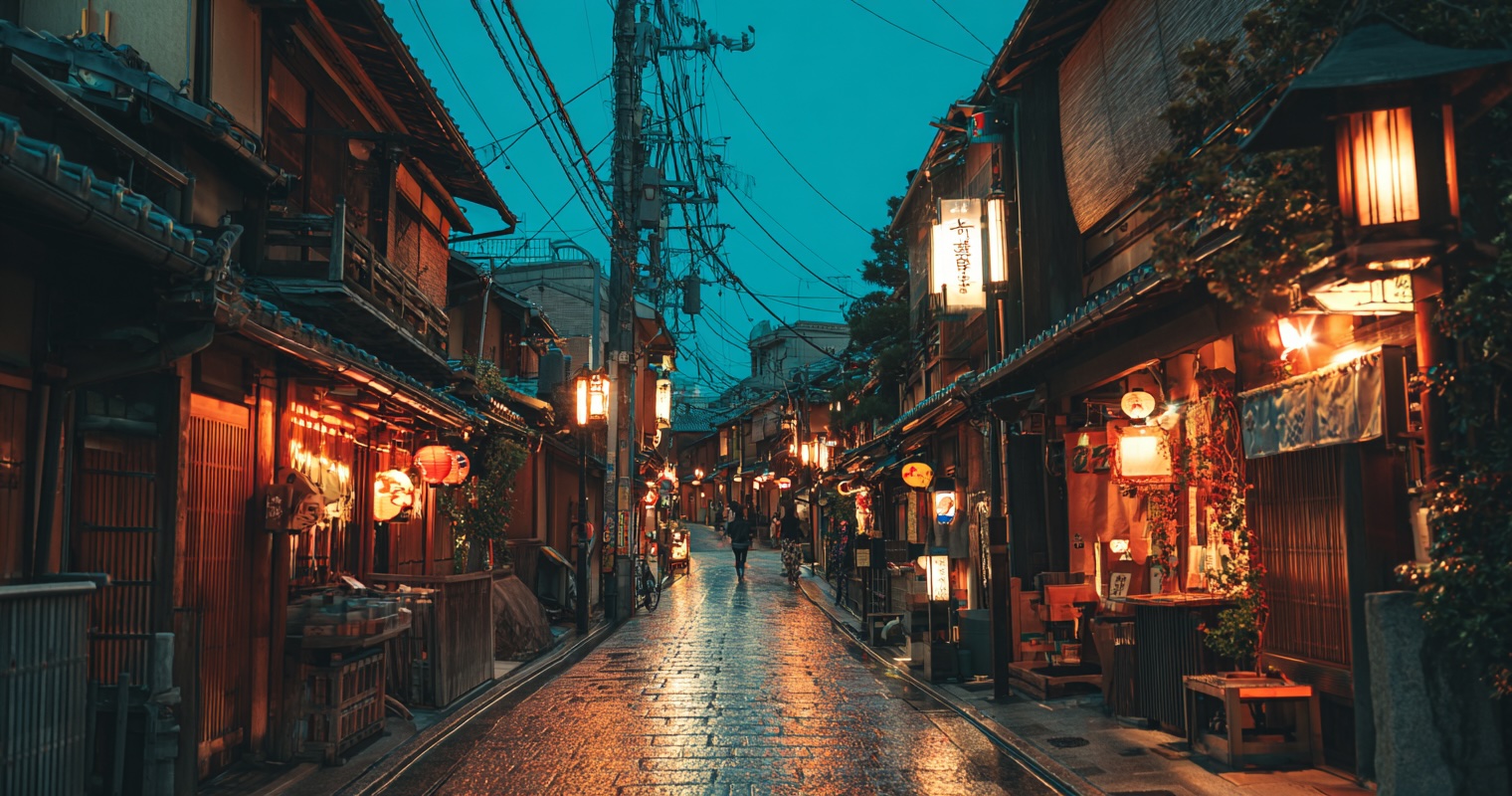
🗓Day 2: Iga – The Heart of Ninja Country
Destinations:
- Iga-ryū Ninja Museum: Explore historical tools, weapons, and ninja techniques
- Live ninja demonstration: Watch professional performers showcase authentic techniques
- Shuriken throwing experience: Try your hand at throwing ninja stars
- Iga Ueno Castle: Explore the fortress with Japan's highest stone walls
- Shinobichō district: Wander the atmospheric ninja streets
Ninja History:
Iga is arguably the most famous ninja hometown. The Iga-ryū school produced some of Japan's most skilled shinobi, and the region's isolation allowed these clans to develop and preserve their techniques for generations.
Pro Tip:
The shuriken-throwing experience is surprisingly satisfying — it takes real skill to make them stick! Don't be discouraged if your first few attempts bounce off.
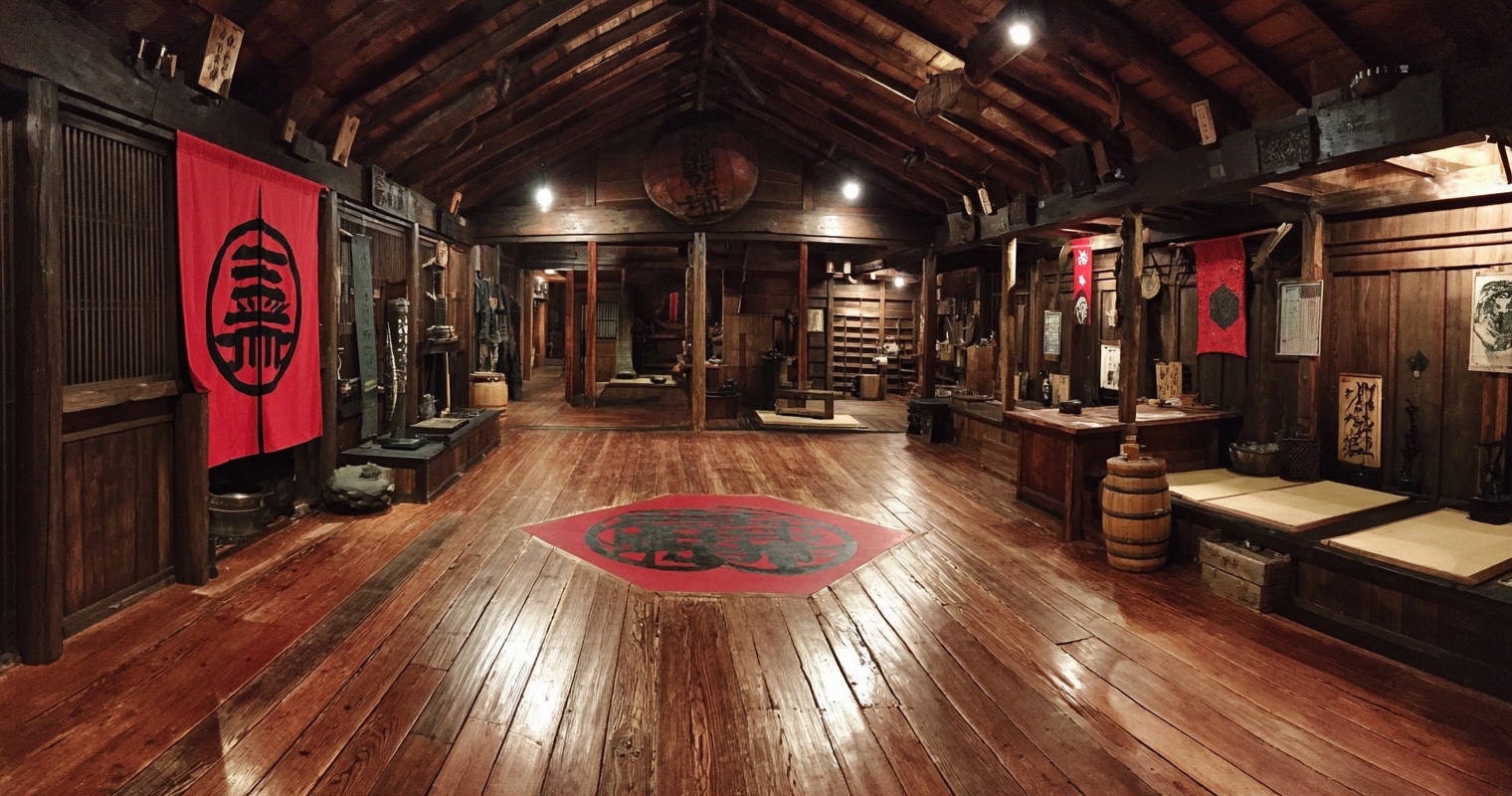
🗓Day 3: Iga Surroundings – Training Grounds & Sacred Sites
Destinations:
- Mountain hiking trails: Walk the paths where ninja once trained
- Local temples and shrines: Visit sacred sites connected to ninja clans
- Traditional ryokan stay: Experience authentic Japanese hospitality
- Ninja-themed onsen (hot spring): Relax after your training
Why This Matters:
Real ninja training wasn't just about weapons — it required incredible physical endurance, knowledge of the natural environment, and mental discipline. Walking these mountain paths gives you a sense of the grueling preparation shinobi underwent.
Cultural Note:
Many ninja were also deeply spiritual, practicing Shugendō (a mix of Buddhism and mountain asceticism). The temples you visit may have connections to these practices.
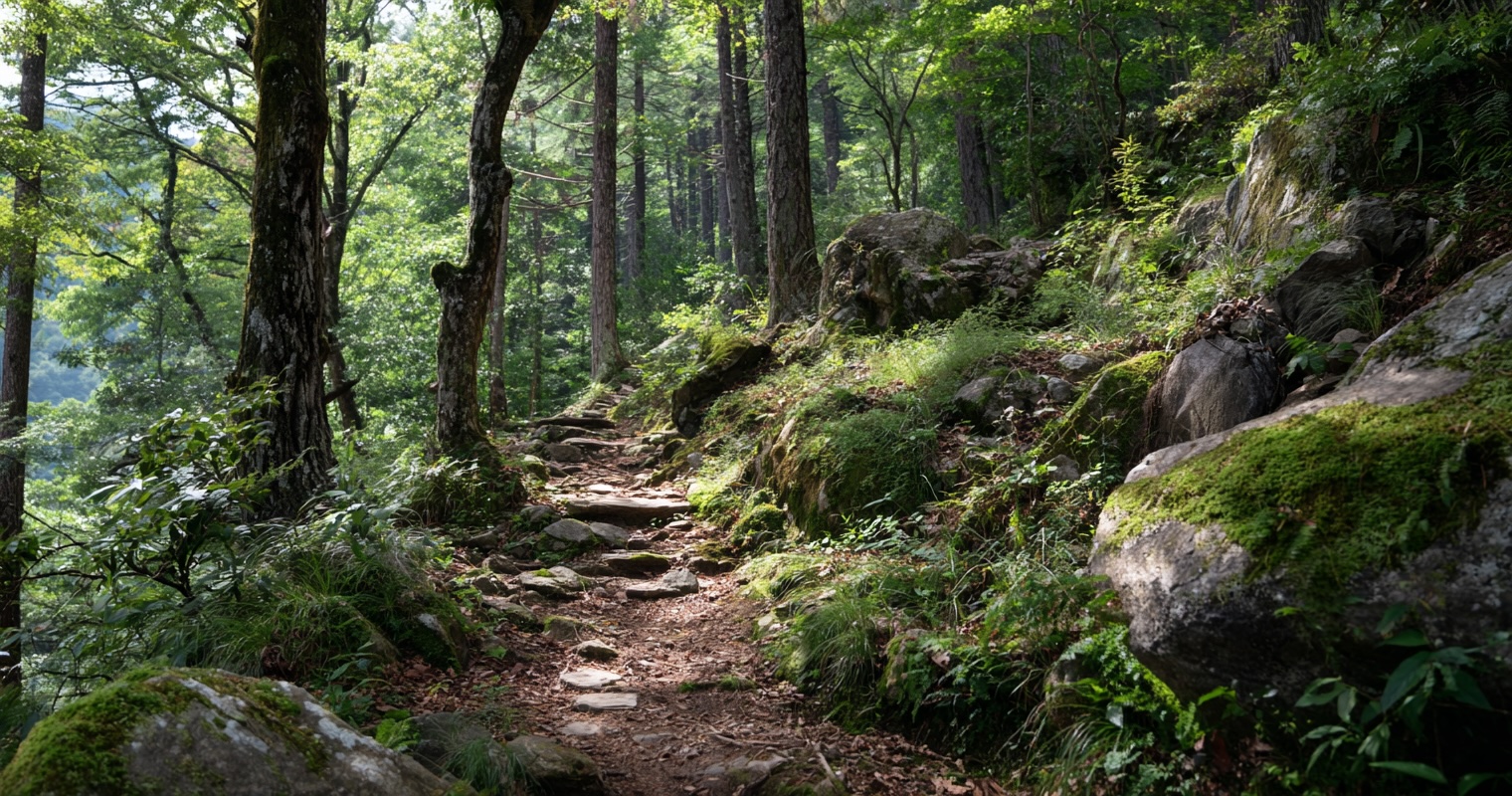
🗓Day 4: Kōka – Iga's Historic Rival
Destinations:
- Koka Ninja Village: Interactive ninja house with secret passages and trapdoors
- Obstacle courses: Test your agility on ninja training grounds
- Ninja costume experience: Dress as a shinobi and practice techniques
- Small ninja museum: Learn about the Kōka-ryū school and its history
Iga vs. Kōka:
While Iga and Kōka were historic rivals, they also shared techniques and occasionally cooperated. Both regions developed sophisticated espionage systems, but each had its own specialties and secret methods. Visiting both gives you a complete picture of ninja culture.
Family-Friendly:
Koka Ninja Village is especially fun for families — kids love exploring the hidden passages and trying the obstacle courses. The hands-on approach makes history come alive.
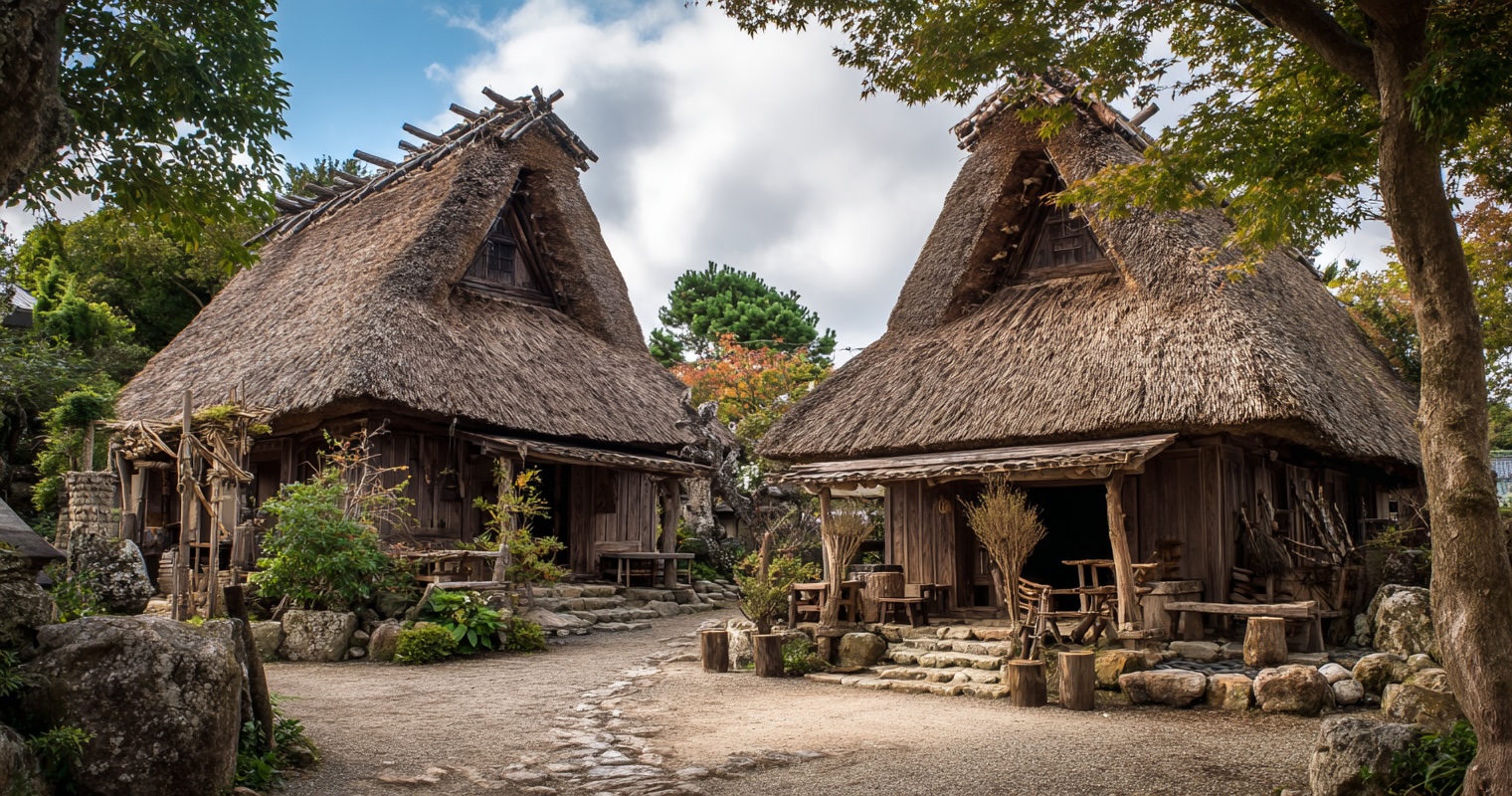
🗓Day 5: Nara – Swordsmanship & Seclusion
Destinations:
- Yagyū Village: Historic samurai and martial arts heritage
- Yagyū no Sato: Walk the old village and learn about the Yagyū sword school
- Mountain trails: Tranquil paths through bamboo forests
- Traditional martial arts demonstrations: Watch sword techniques (if available)
Samurai Connection:
The Yagyū region isn't strictly ninja territory, but its sword-fighting heritage and tranquil mountain setting give it a strong martial atmosphere. The Yagyū clan were famed instructors of swordsmanship to the Tokugawa shoguns, and understanding samurai culture enriches your appreciation of ninja history — they were often rivals and counterparts.
Atmospheric Journey:
Walking through Yagyū village feels like stepping back in time. The quiet, rural setting and preserved architecture create a contemplative atmosphere perfect for reflecting on Japan's martial heritage.
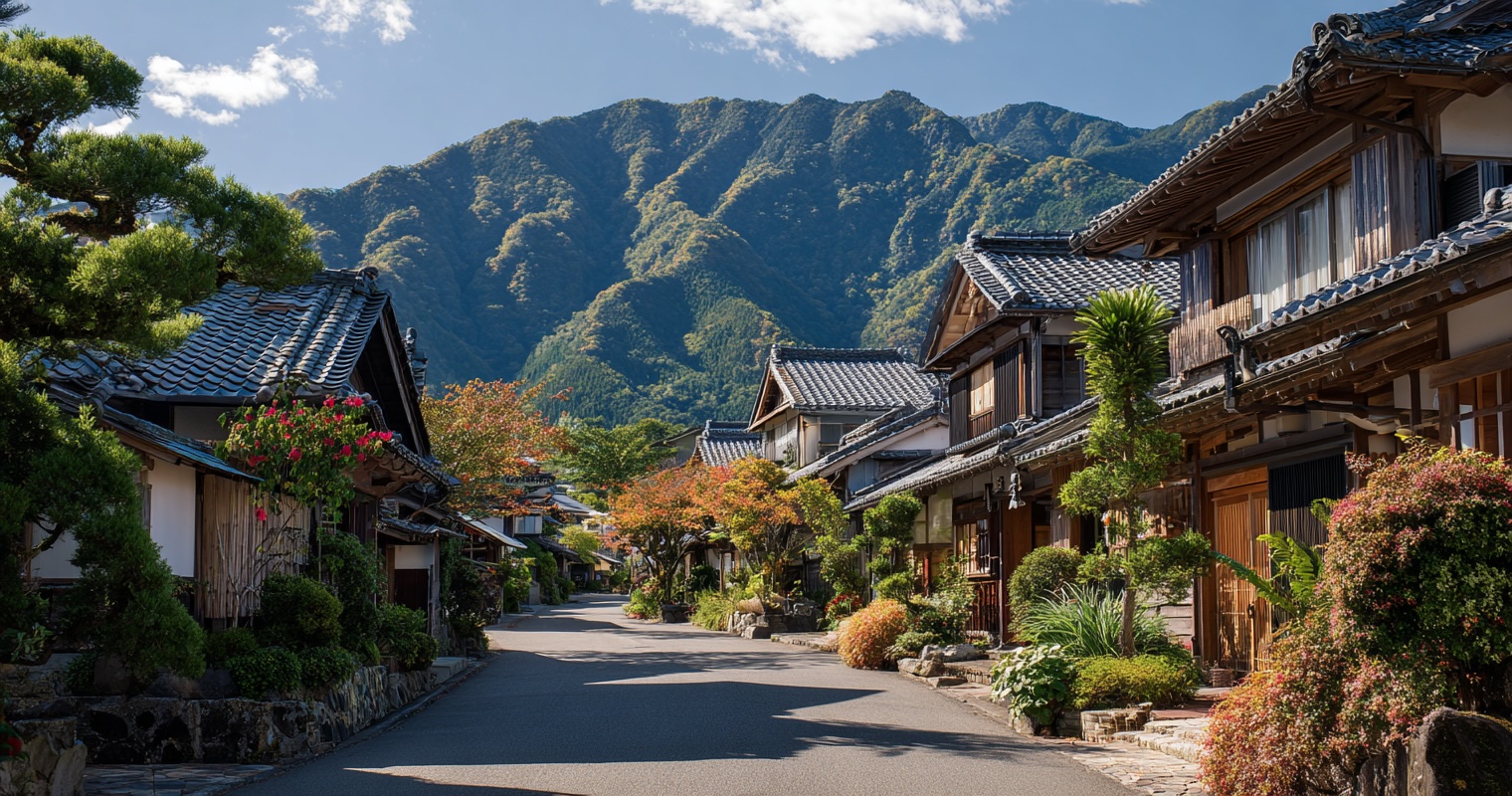
🗓Day 6: Tokyo – Urban Ninja Experiences
Destinations:
- Ninja café and restaurants: Themed dining with performances
- Ninja workshops: Shuriken throwing and basic training sessions
- Guided ninja walks: Explore historical neighborhoods with ninja connections
- Shopping districts: Find ninja gear, costumes, and souvenirs in Akihabara or Asakusa
Urban Ninja:
Can't venture far into the countryside? Tokyo offers plenty of ninja adventures. While less historically authentic than Iga or Kōka, these experiences are entertaining, accessible, and perfect for those with limited time or mobility.
Shopping Tip:
Asakusa's traditional shops sell high-quality ninja costumes and weapons (wooden or foam replicas). Akihabara has more pop-culture oriented merchandise.

🗓Day 7: Kamakura – Final Shrine (Optional)
Destinations:
- Sasuke Inari Shrine: Legendary hidden ninja base with mysterious forest paths
- Giant Buddha (Daibutsu): Iconic bronze statue in peaceful surroundings
- Forest trails: Atmospheric walks through ancient grounds
- Traditional tea ceremony: Quiet reflection before departure
Legend & Atmosphere:
According to legend, Sasuke Inari Shrine once served as a hidden base for a clan of ninja. Whether or not this is historically accurate, the shrine's twisting forest path and secluded location certainly set the scene for mystery and intrigue.
Closing Moment:
Find a quiet spot among the red torii gates. Reflect on your journey through ninja country — from the training grounds of Iga to the hidden shrines of Kamakura. You've walked in the footsteps of shadow warriors.

🗾Top Ninja Destinations in Japan
1. Iga City – The Heart of Ninja Country
Nestled in Mie Prefecture, Iga is arguably the most famous ninja hometown. The Iga-ryū Ninja Museum houses a large collection of historical tools and weapons, detailed exhibits on real shinobi life, and daily live performances that bring the techniques to life. Nearby, Iga Ueno Castle and the surrounding ninja district, known as Shinobichō, offer atmospheric streets, traditional houses, and local shops selling ninja gear and souvenirs.
2. Kōka (Koga) – Iga's Rival in the Shadows
A short journey from Kyoto or Osaka takes you to Kōka, Iga's historic counterpart. The Koka Ninja Village combines history with hands-on adventure: obstacle courses, secret passageways, a traditional ninja house with trapdoors and hidden staircases, and a small but fascinating museum. Visitors can don ninja outfits and train in basic techniques, making it especially fun for families.
3. Yagyū Village, Nara – Swordsmanship and Seclusion
The Yagyū region in Nara Prefecture isn't strictly ninja territory, but its sword-fighting heritage and tranquil mountain trails give it a strong martial atmosphere. The Yagyū clan were famed instructors of swordsmanship to the Tokugawa shoguns, and walking through the old village feels like stepping back in time.
4. Urban Ninja Experiences – Tokyo & Beyond
Tokyo has a number of themed cafés and restaurants where you can dress up, enjoy ninja-themed dishes, and watch playful performances. Workshops offer shuriken throwing, basic training, and even guided "ninja walks" through historical neighborhoods. For something more atmospheric, consider a day trip to Sasuke Inari Shrine in Kamakura — its twisting forest path certainly sets the scene.
📝Practical Tips for Ninja Travellers
Best Time to Go:
Spring (March–May) and autumn (September–November) offer comfortable weather and beautiful scenery. The mountain trails are especially stunning during autumn foliage season.
Getting Around:
Use trains to travel between regions. Iga and Kōka are accessible via regional lines from Kyoto or Osaka. A JR Pass may not cover all routes, so consider regional passes or IC cards for local transport.
Accommodation:
Consider staying in ryokan (traditional inns) near ninja towns for a more immersive feel. Some offer kaiseki meals and onsen facilities that enhance the cultural experience.
Book Ahead:
Some performances and workshops require reservations, especially during peak travel seasons (cherry blossom season and autumn). Check museum websites for demonstration times.
Dress Comfortably:
Good walking shoes are essential — many ninja attractions involve exploring hilly terrain or obstacle courses. Bring layers as mountain regions can be cooler than cities.
💌Ready to Create Your Ninja Adventure?
Transform this inspiration into your own personalized Japan journey. When you use our planner, include these details in the additional notes:
- Mention "ninja theme" or "shinobi pilgrimage"
- Specify your interest level in hands-on experiences vs. historical learning
- Include any martial arts background or interests
- Note if you prefer family-friendly activities or more challenging experiences
🙋♀️FAQs
Is this trip suitable for children?
Absolutely! Kids love the hands-on experiences, especially the obstacle courses at Koka Ninja Village and shuriken throwing. Many activities are designed to be family-friendly and educational.
Do I need to speak Japanese?
Not necessarily. Major ninja attractions have English signage and some offer English-speaking guides. However, learning a few basic phrases will enhance your experience, especially in smaller towns.
What's the difference between Iga and Kōka?
Both were major ninja centers with distinct schools (Iga-ryū and Kōka-ryū). Iga tends to focus more on museum exhibits and historical authenticity, while Kōka offers more hands-on, interactive experiences. Visiting both gives you a complete picture.
Can I wear a ninja costume in public?
At ninja attractions, absolutely! Many places encourage it and even provide costumes. In other public spaces, it's best to be respectful — save full costumes for designated areas and events.
Is the JR Pass worth it for this itinerary?
It depends on your full route. The JR Pass covers major shinkansen routes between Tokyo and Osaka/Kyoto, but Iga and Kōka require local trains. Calculate your specific routes using our JR Pass calculator to determine if it's cost-effective.
✨The Ninja Spirit Lives On
Traveling through Japan's ninja heartlands is like stepping into a world where history, legend, and imagination blur. Whether you're navigating a hidden staircase in Kōka, walking the quiet lanes of Iga, or throwing shuriken in a Tokyo café, you're connecting with centuries of ingenuity and storytelling.
A ninja adventure isn't just cosplay — it's a journey into how people once lived, fought, and thrived in the shadows. These were real communities who developed extraordinary skills out of necessity, adapting to survive in an era of constant warfare. Their legacy of intelligence, adaptability, and resourcefulness continues to inspire people worldwide.
So pack your curiosity (and maybe a hood), and prepare to follow the silent footsteps of Japan's most elusive icons. Your ninja pilgrimage awaits — where will the shadows lead you?
